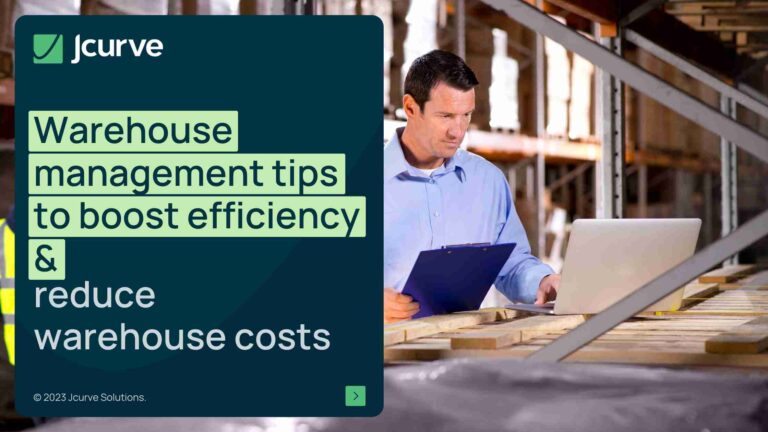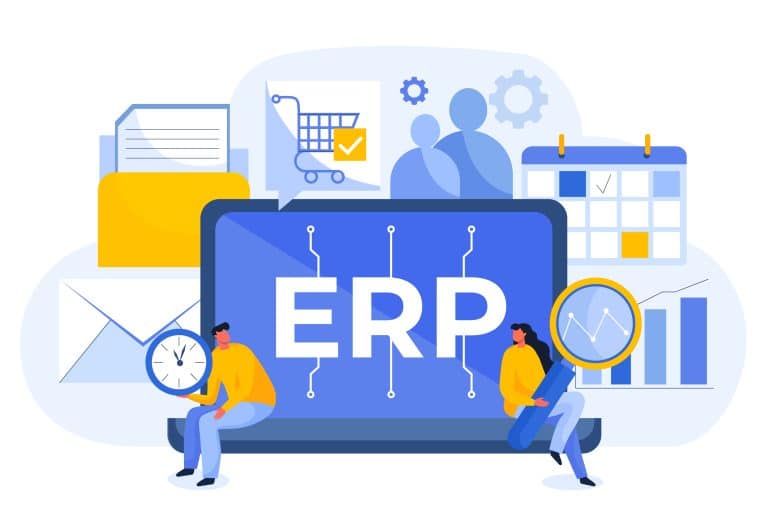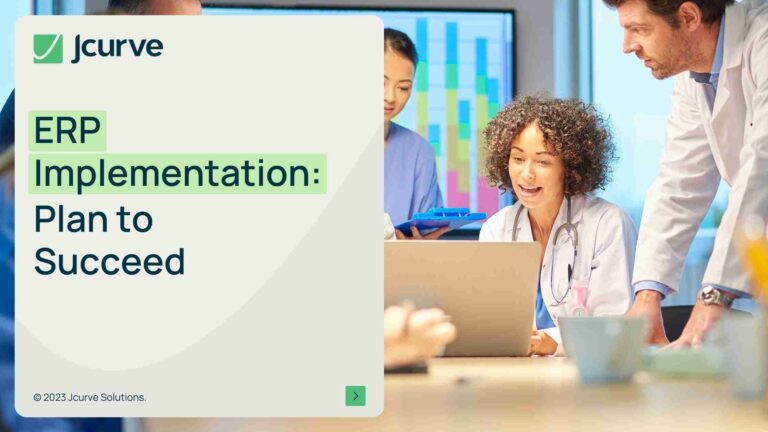Migrating to a new Warehouse Management System (WMS) can be a complex process, but with the right guidance, it can significantly enhance your warehouse operations. This comprehensive guide will walk you through the steps necessary to migrate to NetSuite WMS, tailored for New Zealand businesses.
Understanding the Need for Migration
Businesses may need to migrate to a new WMS for various reasons, such as outdated technology, the need for better integration, or the desire to improve operational efficiency. NetSuite WMS offers a robust solution that addresses these issues with advanced features and real-time data visibility. Explore more about why businesses are choosing NetSuite in Choosing NetSuite WMS: Top Considerations for Businesses.
Preparing for Migration
Preparation is key to a successful migration. Start by evaluating your current system and identifying pain points. Understand your business requirements and how NetSuite WMS can meet them. This stage involves thorough planning and setting realistic timelines.
Key Steps in the Preparation Phase
- System Evaluation: Assess the strengths and weaknesses of your current WMS.
- Business Requirement Analysis: Define what you need from your new system.
- Data Cleansing: Ensure your data is accurate and ready for migration.
- Team Involvement: Engage your team in the migration process to ensure a smooth transition.
The Migration Process
Step-by-Step Migration
- Data Migration: Transfer your data from the old system to NetSuite WMS. This includes inventory records, order histories, and customer information.
- System Integration: Integrate NetSuite WMS with your existing ERP and other business systems.
- Configuration and Customisation: Tailor NetSuite WMS to fit your specific business needs.
- Testing: Conduct rigorous testing to ensure everything works as expected.
- Training: Provide comprehensive training to your team to maximise the benefits of the new system.
Common Challenges and Solutions
- Data Inconsistencies: Regularly validate data during migration to avoid discrepancies.
- System Downtime: Plan the migration during off-peak hours to minimise disruption.
- Employee Adaptation: Offer ongoing support and training to help your team adapt to the new system.
Post-Migration Considerations
After migration, continue to monitor the system’s performance. Gather feedback from your team and make necessary adjustments. Regular updates and training sessions can help keep your operations running smoothly.
Conclusion
Migrating to NetSuite WMS can significantly improve your warehouse management capabilities, offering better integration, real-time data visibility, and enhanced operational efficiency. With careful planning and execution, your business can seamlessly transition to this advanced system, reaping its long-term benefits.










